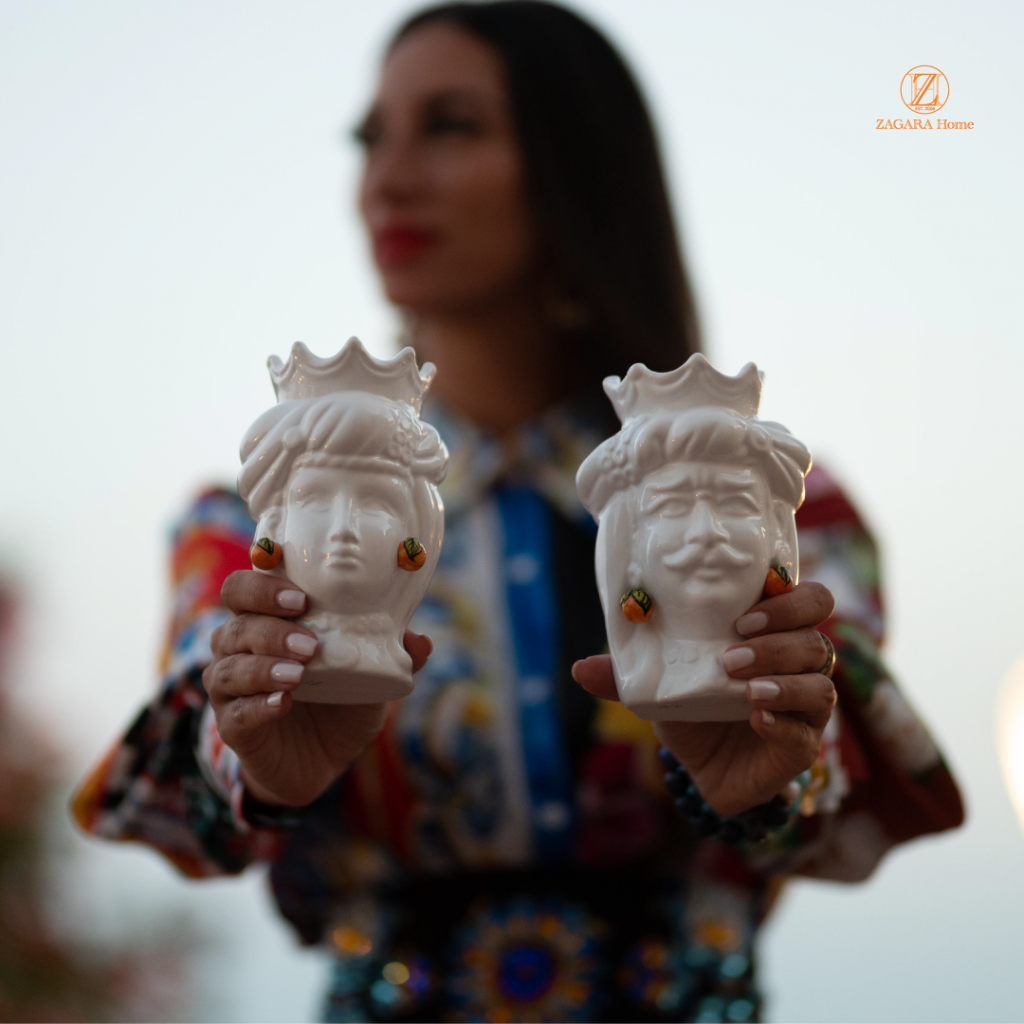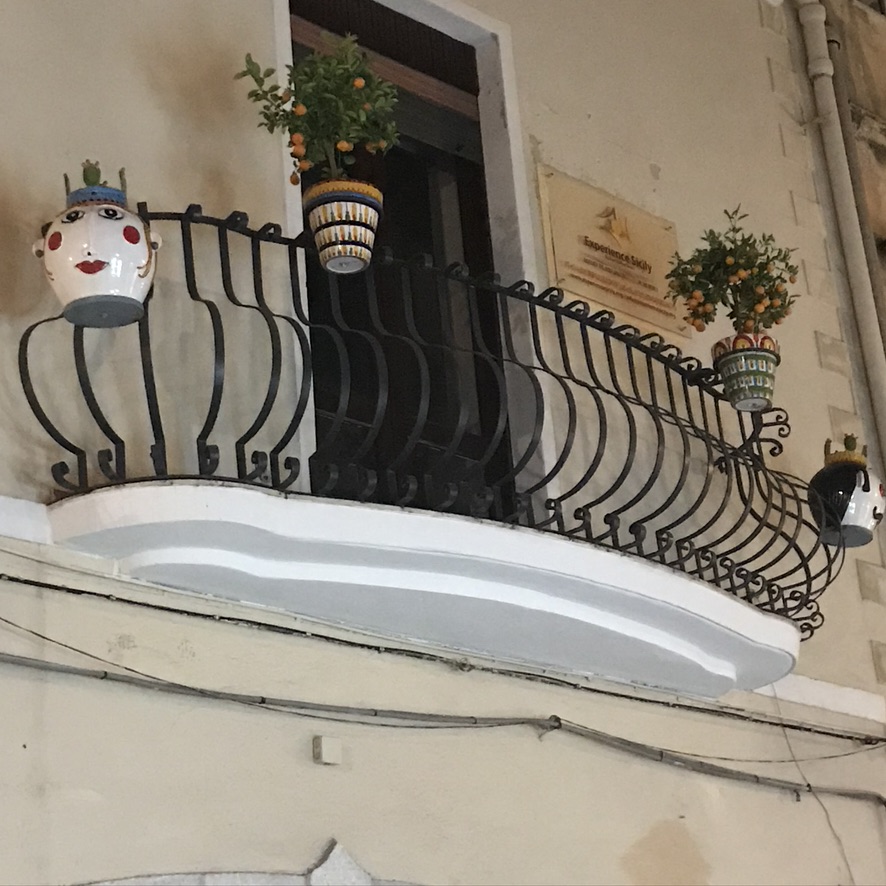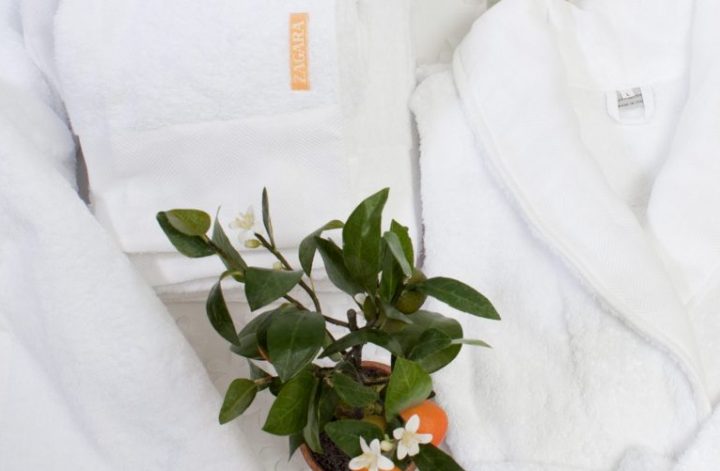
Visions of narrow cobblestone streets and balconies adorned with colorful pottery draped with luscious greenery, bring Catherine back to her childhood in Castellammare Del Golfo, Sicily.
The Sicilian culture is rich in history, influence, beauty and passion for love, something Italians are inherently born with. But beware, if you cross a Sicilian woman, it may be lethal. Such is the story of the classic Sicilian legend known as “Testa Di Moro”, also know as the Sicilian Romeo & Juliet.
The legend of “Testa di Moro” is an extremely cultural part of Sicily and it was a natural choice to present this particular inspiration in a fragrance that exudes love and passion and that can be enjoyed by men and women. There are many versions of this legend but they all start and finish the same. A Moorish man and a “Sicula” (Sicilian woman) that fall madly in love but the man’s tragic end turns into a beautiful art. A “delitto di passione” ( crime of passion ).
During the golden era of then Arab domination of Sicily, young women were not allowed to go out alone and their balconies were the eyes to the world, they used to take care of their balconies full of plants on a daily basis.
As the legend goes, one day a wealthy young Moorish merchant noticed the young Sicilian woman and captivated by her rare beauty instantly fell in love and declared his love to her. Moved by his passion, she reciprocated her love to him. Soon after she learned that the “Moro” would return to his country where he had a wife and children waiting for him. Blinded by rage and heartache she waited until nightfall for him to fall asleep to decapitate him so he would never leave her again. She turned the head into a pot, filled it with dirt and planted basil, where it adorned her balcony. The pot, “grasta”, grew lush and aroused the envy of the local residents who ordered the same “graste” from the local majolica ceramic workshop.
Today these beautiful, colorful ornamental vases, worked in ceramics and hand-painted by master craftsmen, are a very auspicious symbol for many Sicilian residences. As you walk thru the streets of many Sicilian towns and cities, in particular Taormina , Caltagirone and Palermo, you are reminded of the power of Sicilian women. Balconies, street corners and storefronts are adorned by “Testa Di Moro “ vases or “graste” as they are called in Sicilian dialect.
We have commissioned a young Sicilian artist to create the modern day “Testa di Moro” with our very own “Ciccio and Cicoria”. Our “Testa di Moro” fragrance diffuser vases can also be used as a flower or herb vase and much more! You also find the testa di moro as a handle for one of our ceramic snuffer or attached to the reed diffuser decanter.
Moral of the story, never betray a Sicilian woman!



